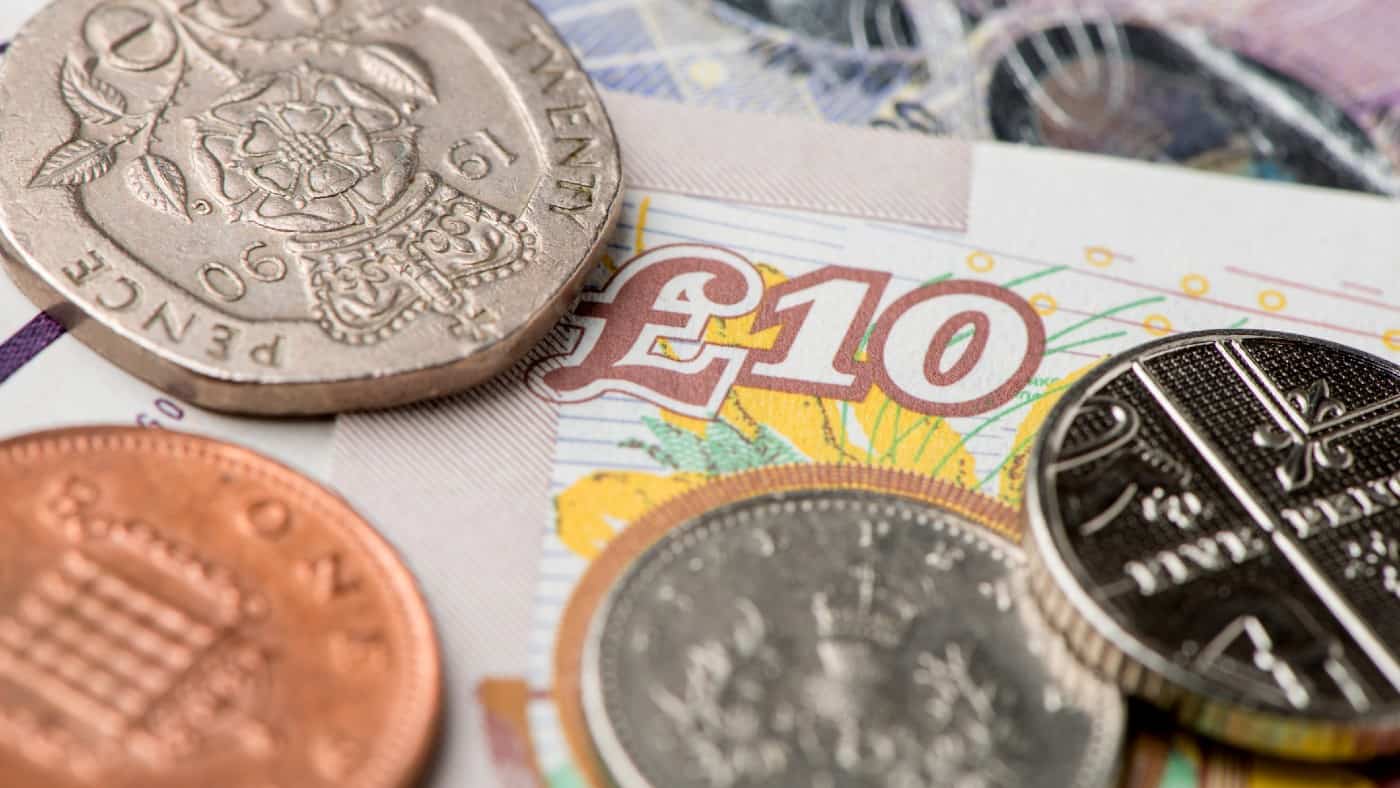Achieving financial independence and security is a goal held by investors around the world. After all, what’s not to like about the prospect of generating passive income from investments?
Nevertheless, building a substantial second income from an empty Stocks and Shares ISA requires a mix of time and careful management.
Focusing on dividend stocks
For many investors, dividend shares are the cornerstone of a strategy aimed at generating passive income from an investment portfolio.
This is because they provide a predictable source of income as such companies pay a portion of their earnings to shareholders in the form of dividends.
So to boost my chances of success, I’d prioritise dividend-paying stocks known for their stability and consistent payouts.
For example, this might include investing in so-called Dividend Aristocrats, which are companies with a strong history of dividend growth.
As a result, I’d keep my eye on companies such as British American Tobacco, Legal & General, and National Grid.
Regularly reinvesting dividends
Now that I was receiving a steady stream of dividend income, I’d opt to reinvest it back into the same stocks within my ISA.
By initially reinvesting any dividend income, I would be able to take advantage of compounding. This would help accelerate my income growth over time.
Compounding is the process by which an investment generates earnings and those earnings, in turn, generate earnings of their own.
For example, let’s say I own 100 shares of a dividend-paying stock and receive a dividend of £100. I could then use that £100 to purchase additional shares of the same stock at the prevailing market price.
The end result is an increase in my ownership of the company. Consequently, this leads to larger dividend payments in the future.
Deploying a tax-efficient strategy
By holding my investments in a Stocks and Shares ISA, I would benefit from several tax advantages.
For example, ISA income is tax-free. Not only does this mean that any dividends I earn in my ISA are free from UK tax, but also it won’t count towards my personal dividend allowance.
This would be particularly beneficial in the future when my ISA dividends hopefully surpass the £2,000 mark, which represents the maximum tax-free dividend allowance (any dividends over this amount are subject to tax).
Please note that tax treatment depends on the individual circumstances of each client and may be subject to change in future. The content in this article is provided for information purposes only. It is not intended to be, neither does it constitute, any form of tax advice. Readers are responsible for carrying out their own due diligence and for obtaining professional advice before making any investment decisions
Adopting a long-term mindset
Ultimately, I’ll need to be realistic about the income my portfolio can generate. After all, high returns typically come with higher risk. As such, I’ll have to carefully balance my expectations with my risk tolerance.
Furthermore, the stock market can be volatile. And high volatility increases the risk of substantial investment losses.
Nonetheless, by embracing a long-term mentality, I’ll be well-positioned to ride out the peaks and troughs of the market by exercising patience and staying disciplined.
In so doing, I’d be well on my way to generating a sizeable second income from what started out as an empty Stocks and Shares ISA.








